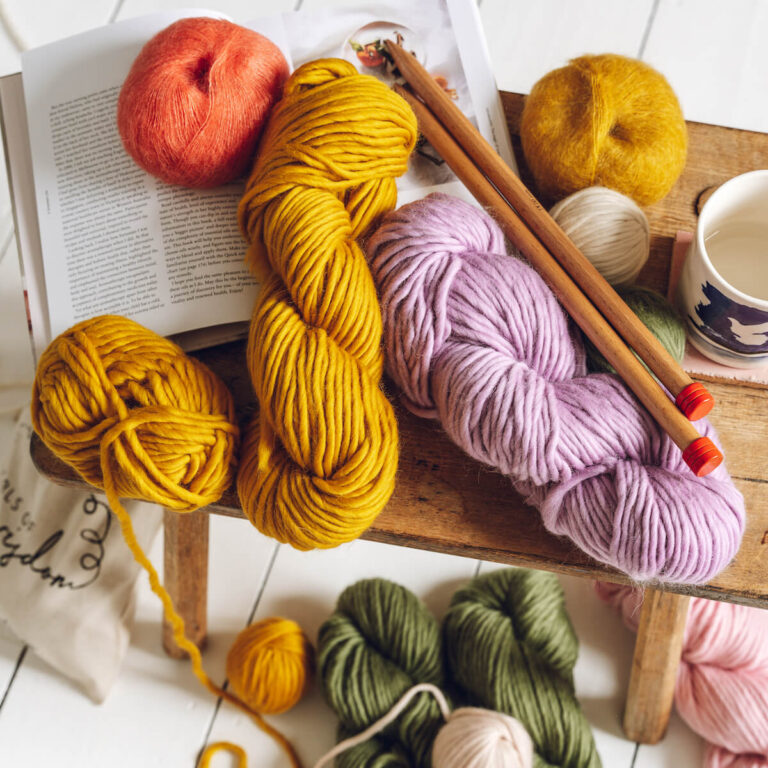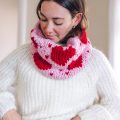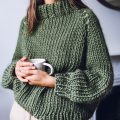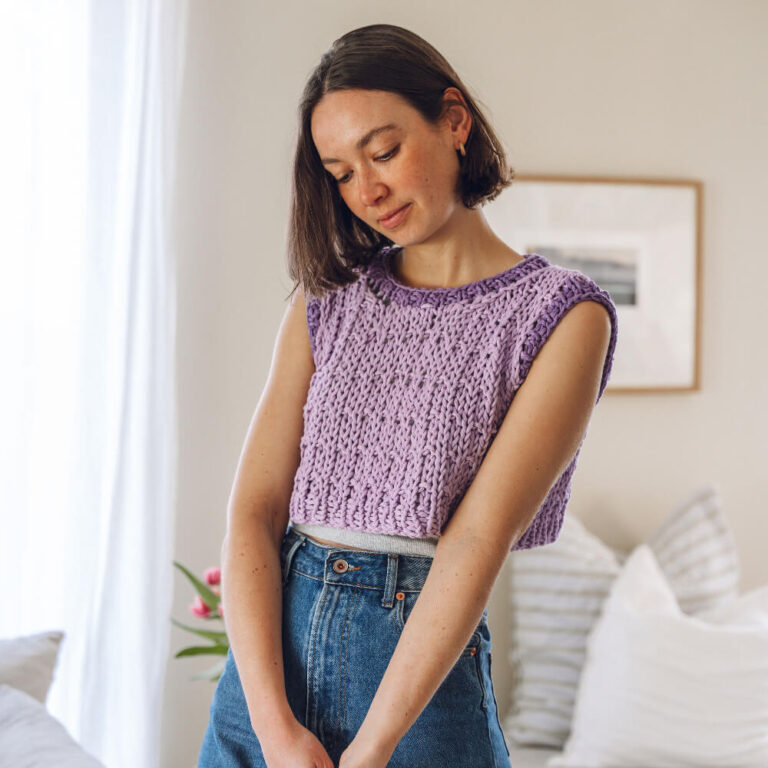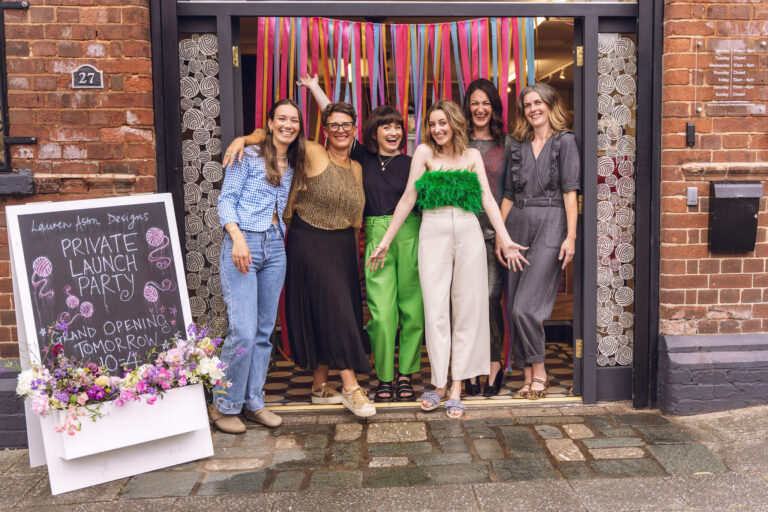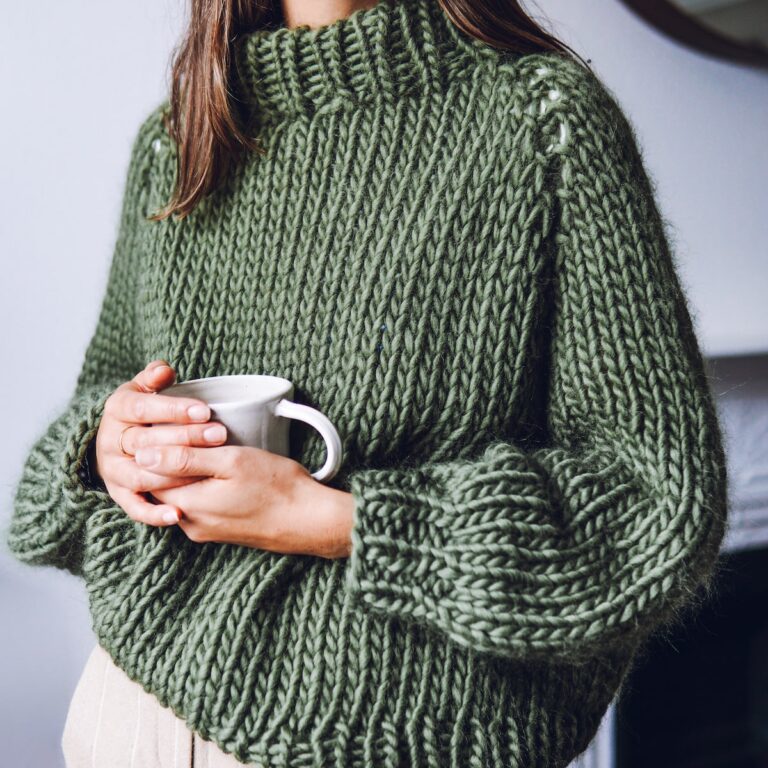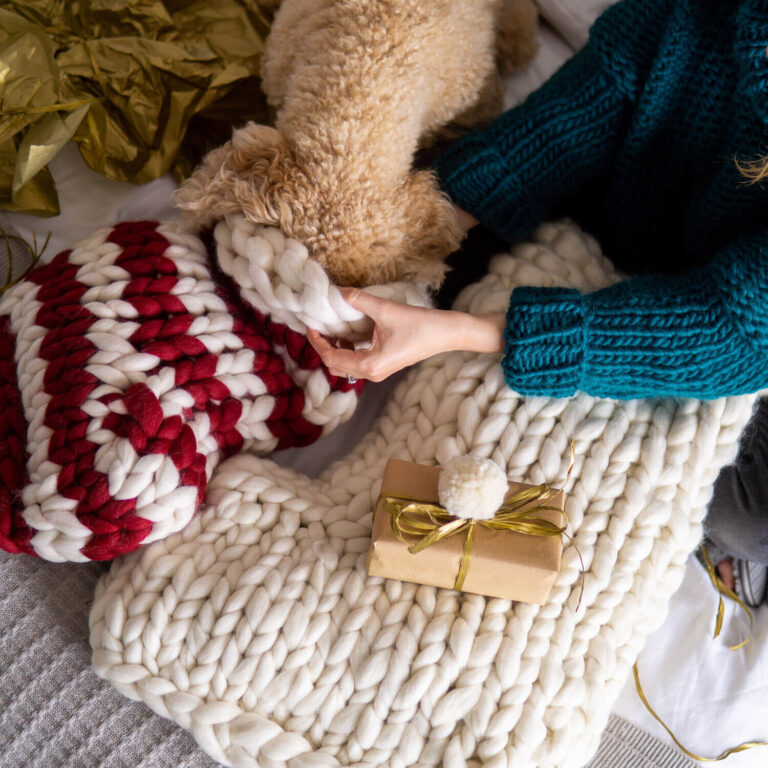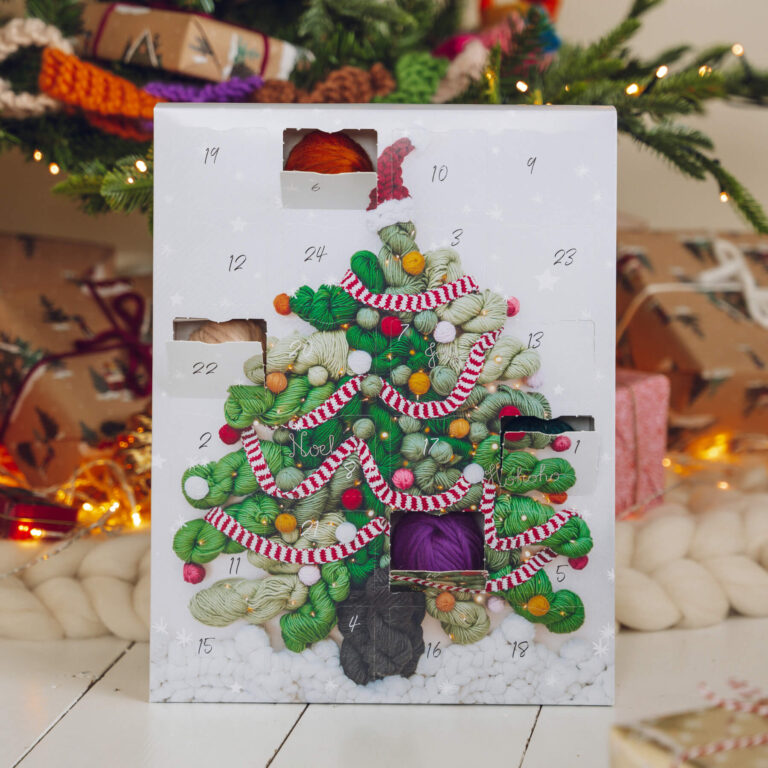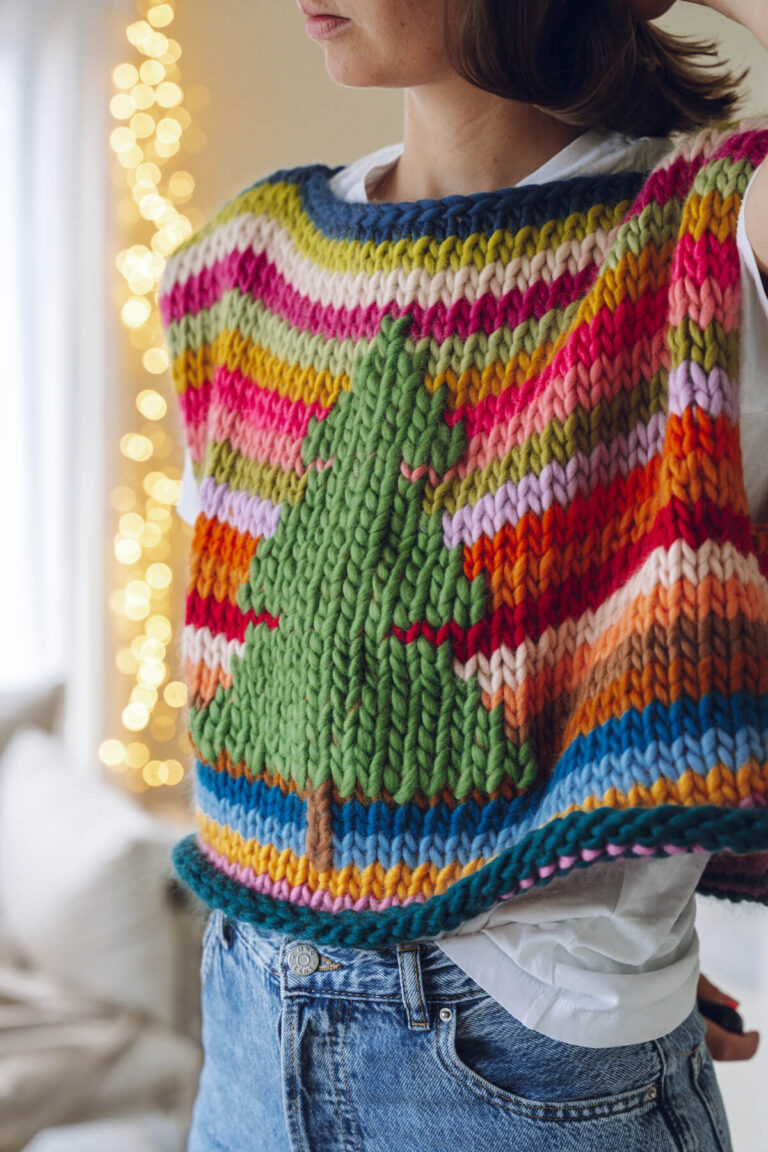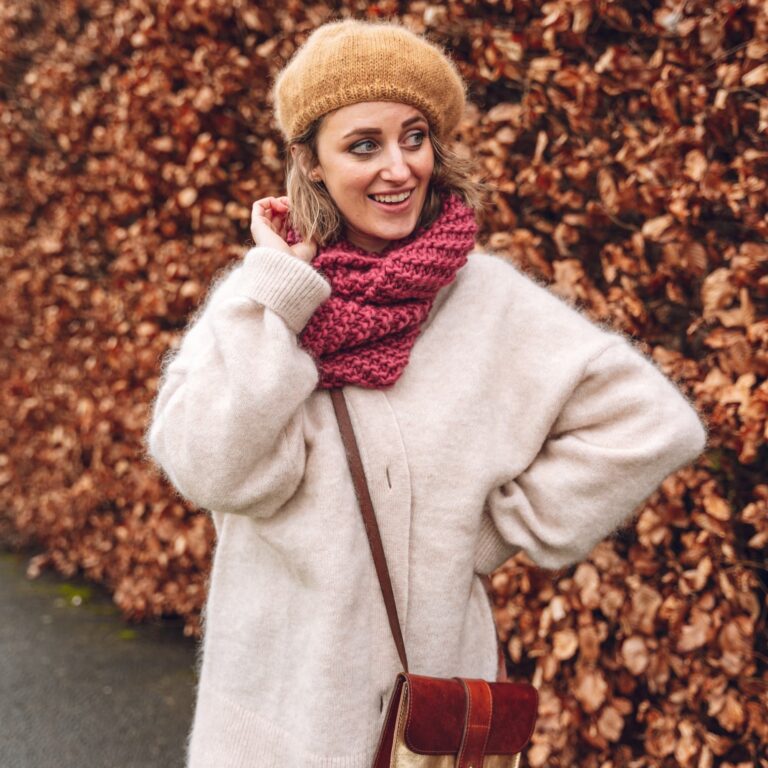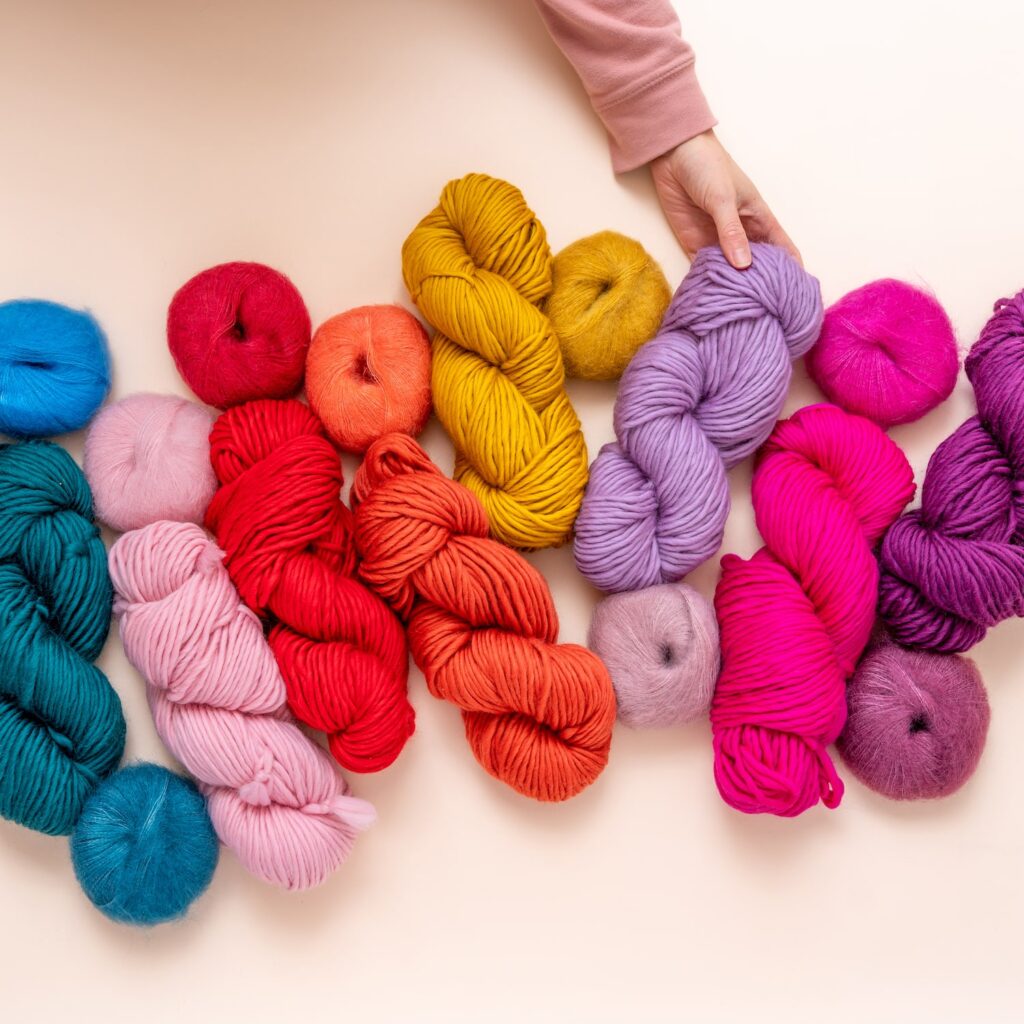Hello!
I hope you all had a lovely bank holiday and enjoyed some time in the sunshine. I had the weekend off so we did some work around the house and spent a small fortune on homeware products (whats new) to finally try and smarten the place up as 3 months after we’ve moved in it still looking like we arrived here yesterday. (there’s still unpacked boxes in the lounge)
The most significant improvement was finally making our headboard, (something i’ve been dreaming about for ages) I took pictures along the way so thought I’d create a how-to for anyone who might be interested…
I’ve been headboard hunting for months now, I knew exactly what I wanted but couldn’t find the right one anywhere, in my head it was made from a plain grey fabric… that wasn’t Chenille! (I have an unusual dislike for chenille) with a simple row of antique gold/brass nail heads running around 3 sides. Apparently this vision really was only in my head so we decided to have a bash ourselves and we’re really pleased with the result.


** Full disclaimer in advance
I must stress that this post is more of a ‘How WE made a headboard’ rather than ‘the best way to make a headboard’ I have zero clue on how to upholster and no experience with this type of thing, I’m simply a overexcited gal with a staple gun and a badly drawn sketch of ‘my dream headboard’ but it turned out alright so feel free to have a go …
Here’s what you need –
Materials:
- Wood cut to size – most DIY stores will happily cut it for you (we used Plywood as it’s sturdy so shouldn’t bend, 137cm wide x 77cm high for a double bed)
- Fabric to cover (I used a grey cotton-linen mix that was 137cm wide so I used it horizontally and bought 2 meters but could have got away with 1.6m really)
- Foam (you can just google ‘headboard foam‘ ours was 137cm x 90cm, medium density approx 2.5cm thick but you can get bigger and cut it to size)
- Nail head trim (I used 1x pack of the Dritz Home trim which I got from eBay or Amazon – 5 yards in Antique Gold with some left over)
- 2″ x 4″ timber 1m long x2 for attaching to the bed (you can also buy proper metal fittings) or strong hooks and eyelets if attaching to the wall.
Tools:
- Staple Gun
- Sharpie (or tailors chalk)
- Tape Measure
- Mallet or Hammer
- Stanley knife (I couldn’t find mine so used scissors)
- Drill (+ a handful of screws)
- Ruler or Utility Square
And here’s what we did…
If you’re foam is bigger than your plywood – Lay your plywood on top of the foam, making sure 3 of the sides are flush and even then mark on the foam where the plywood comes to…
Cut along the line so the two are exactly the same size –
Try to save the off cut of foam as it may be useful for padding between your board and wall later, we weren’t so lucky with the majority as Harry claimed it for his own, but we managed to steal a bit back before it was all destroyed….
Next, lay your fabric out flat, place your foam on top of it, roughly in the centre (making sure you follow the grain of the fabric as much as possible so that it runs straight across) and then put your plywood on top of that…
If you wanted to trim your fabric down, this is the time to do it, you could get away with it being about 15cm bigger all around your plywood and it would make it a little neater on the back. We weren’t bothered so left ours as it is.
I won’t lie to you friends – from here on out we just made it up as we went along, I’m sure if want to you can google the proper way to do the corners but I did this …
Fold the corners in at roughly 90 degree angles, pull the fabric in as tightly as possible but make sure you don’t stretch the fabric out of shape (particularly if using a patterned fabric), staple the corners of the fabric to the plywood to keep them in place.
Then fold and pull both ends in, staple, and repeat on the other 2 sides keeping the fabric as taught and even as possible – this really is easier with 2 people – one to pull and hold the fabric in place and the other to staple. (the stapling is the preferable job, because who doesn’t want to use a staple gun?)
Ta Da! From the front it should be tight, flat and level with the grain running straight across…
Now onto the nailhead trim, this stuff is genius – it’s a row of fake nailheads with pre-spaced holes for you to hammer the matching nails into. It’s not entirely seamless and of course pulls down more on the spaces where it’s nailed in than the rest of it, but it’s a brilliant timesaver and much neater than if you were hammering individual nails in.
We used a 3.5cm wide utility square to measure out where to put the trim, but a bog standard ruler, or anything that’s straight and the correct width would do. We simply put the edge of the square against the edge of the headboard and hammered the trim on the other side of it, using it’s 3.5cm width as the guide for the edge of the trim. We like a hand finished look and knew that the trim itself would keep us pretty well on track so weren’t fussy about it being slightly wobbly so just cracked on but you could always draw a line and use a spirit level if you want it super straight.
We cut the trim on the corners and made sure that we started or finished on a nail so that we could capture the other side of the trim underneath. We did all three sides leaving the bottom stud free.
If you’re hanging it on the wall, measure it out above the bed and attatch your hooks to the wall and the eyelets to the headboard then simply hang it up and your done! (isn’t it beautiful!)
If your bed has fittings for a headboard like ours did, measure up where the screws will go and drill holes in the 2×4’s to coordinate. Pop them on the bed to measure the height you need your headboard to sit, (allowing a bit of room from the mattress so you can change the sheets) mark the height on the 2×4’s then drill them into the back of the headboard. You might want to take them off the bed and lay it all flat to check it’s straight and even.
Finally Check everything is screwed in tightly and if you want to protect the wall, staple, glue or screw a bit of you left over foam to the back of the 2×4’s to pad it out and prevent scuffing.
**When screwing into the back of the headboard make sure none of your screws go through the other side of the plywood! Not only would it damage your fabric but you don’t want to be leaning against that whilst drinking your morning cuppa!
Voila!
There she is…
It may not be the most sophisticated headboard in the world, and the back might be a little messy but it’s exactly what I was searching for, so I’m happy (clearly…)
Do let me know if you’ve made your own headboard and how it went. If you want a bash at making your own and have any questions feel free to ask away (I’m not promising I’ll be able to answer it but I do like a chat)
Thanks for tuning in, I hope you like it.
Take care everyone,
L x
